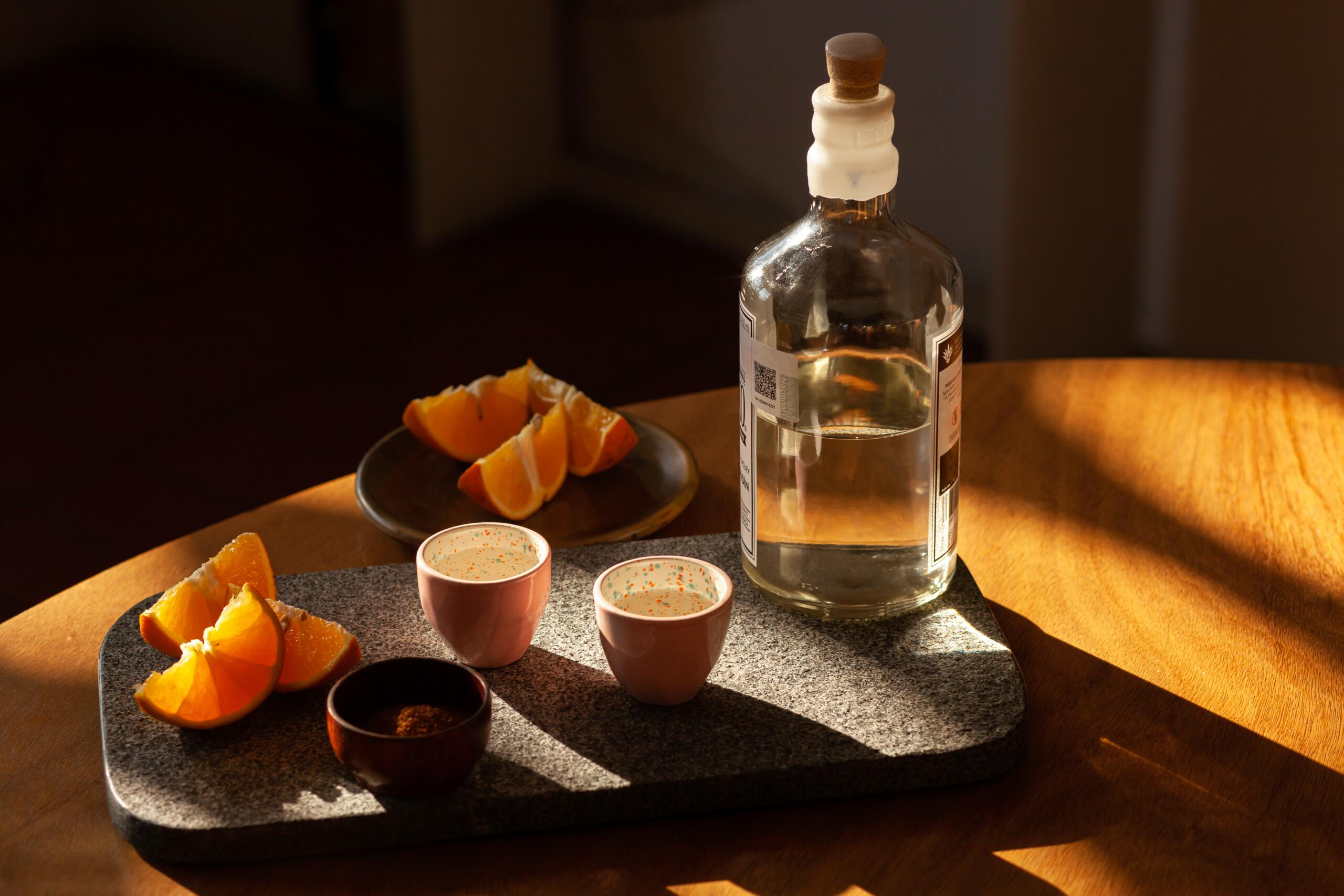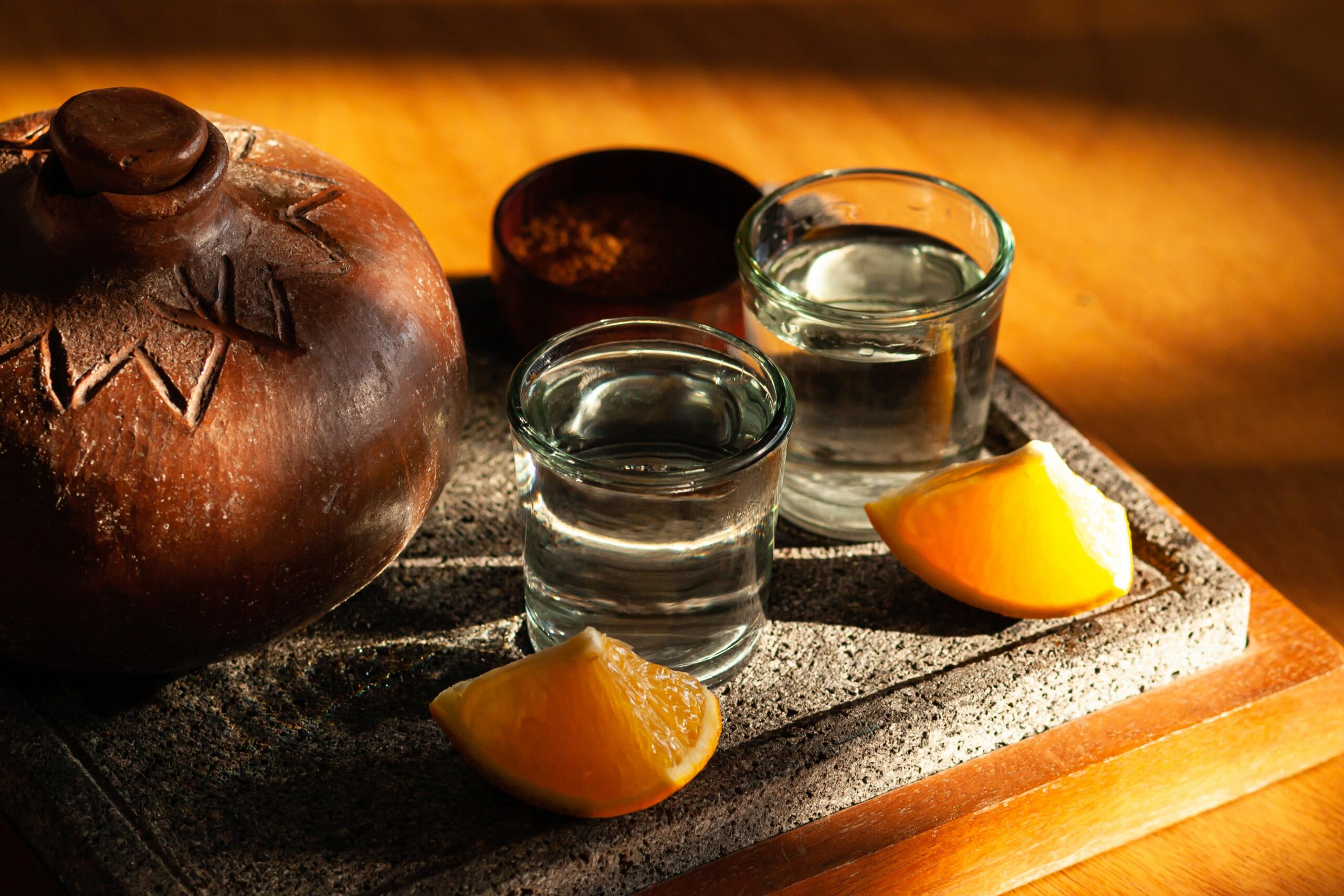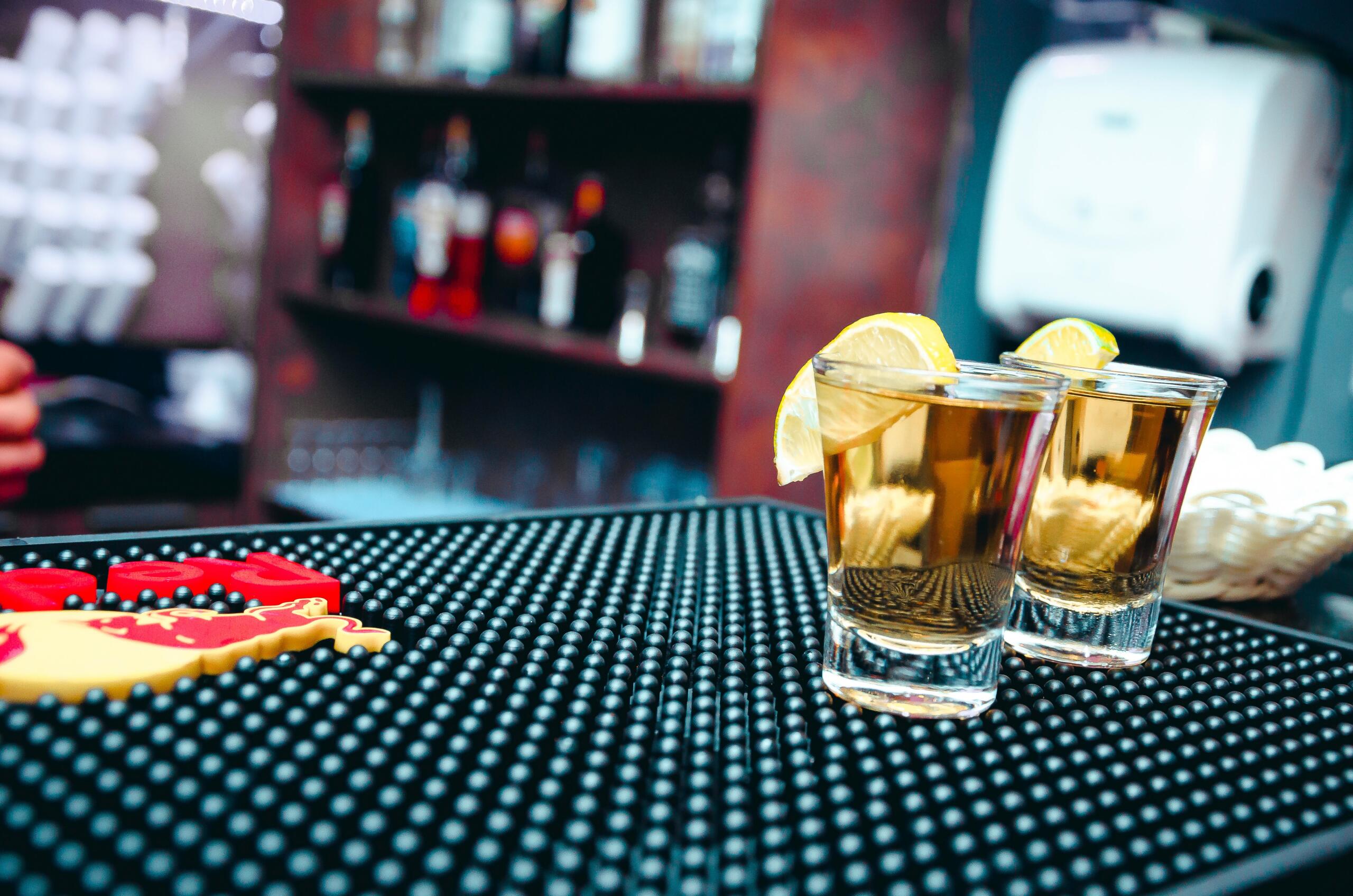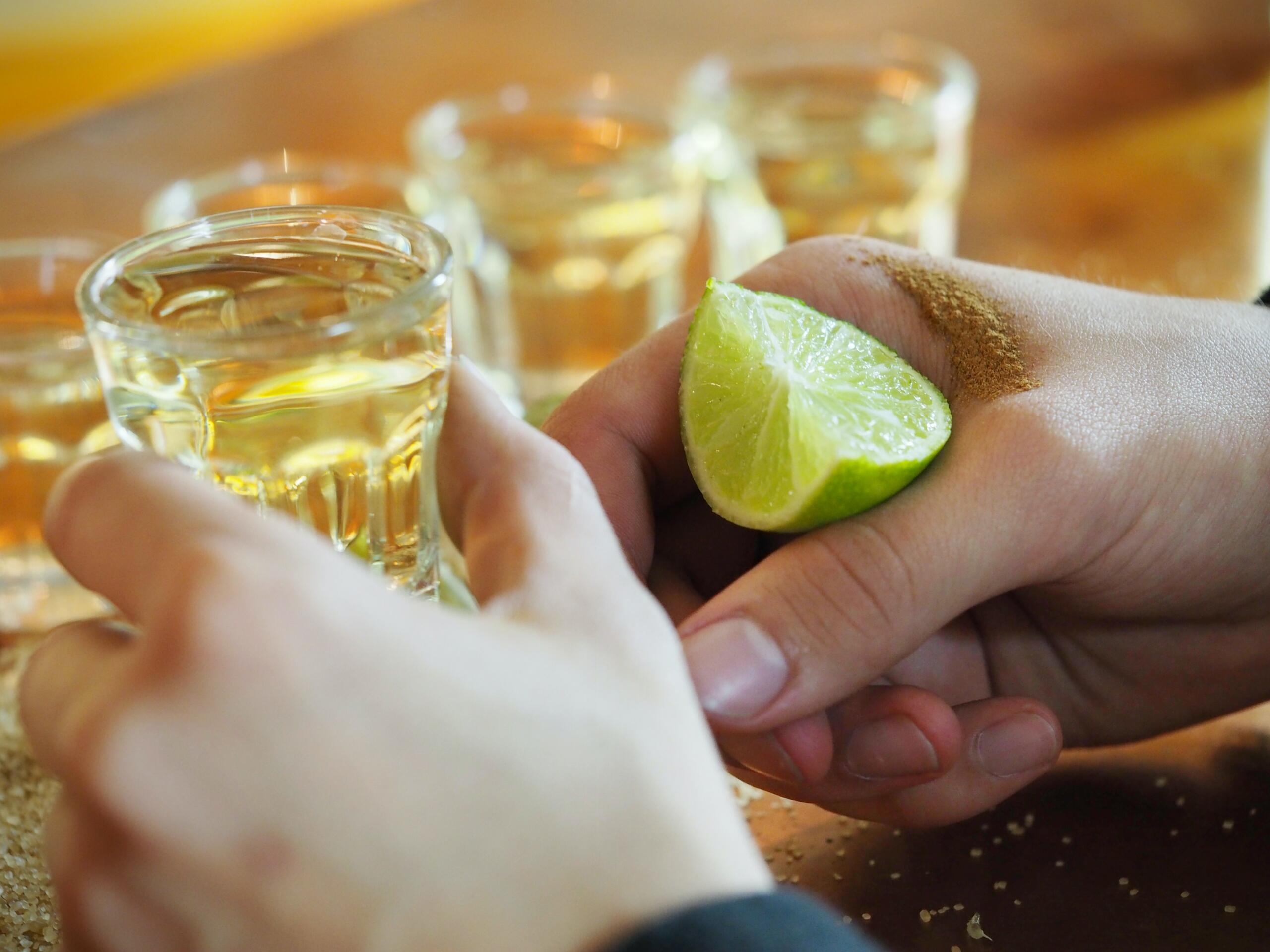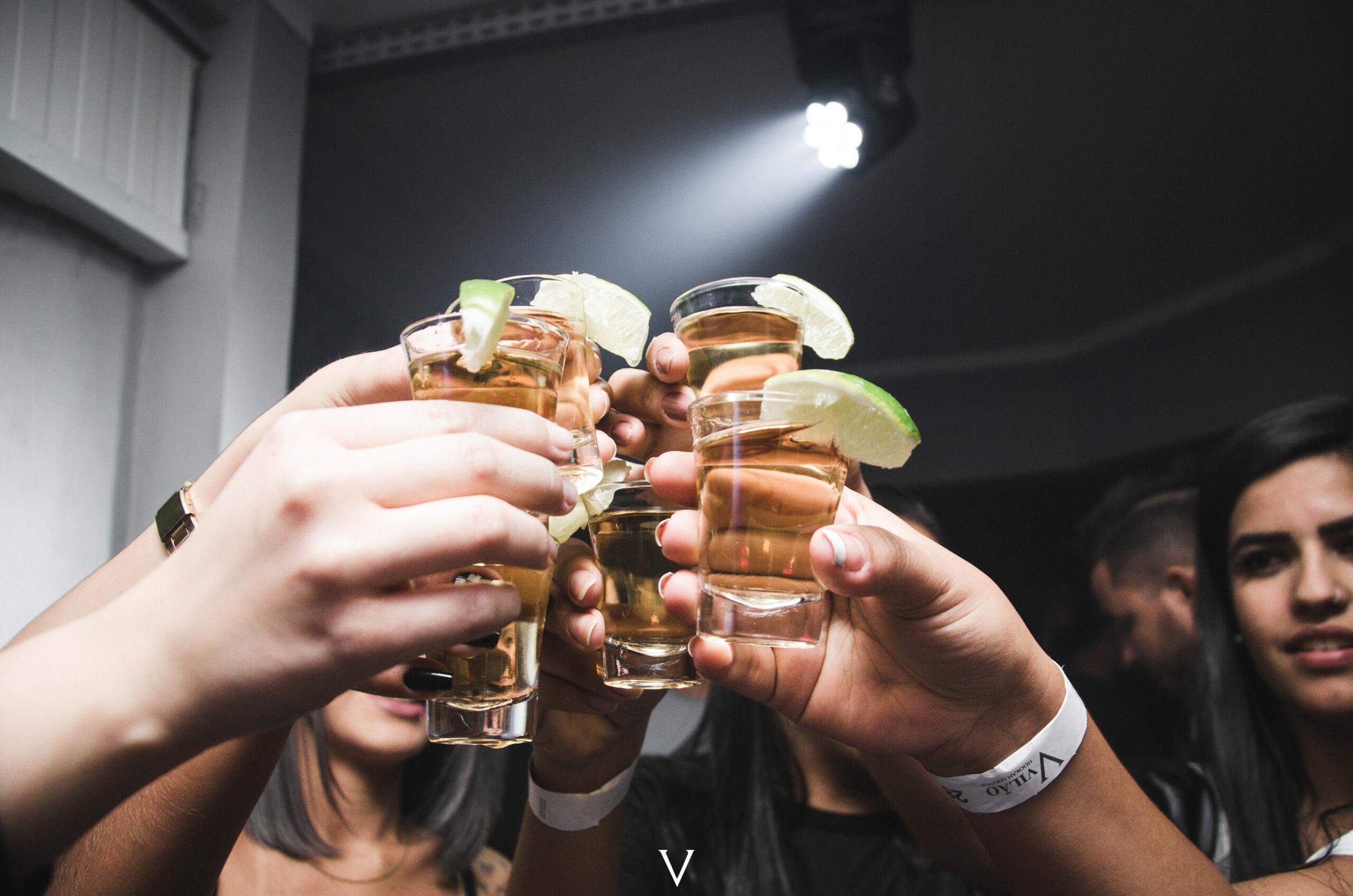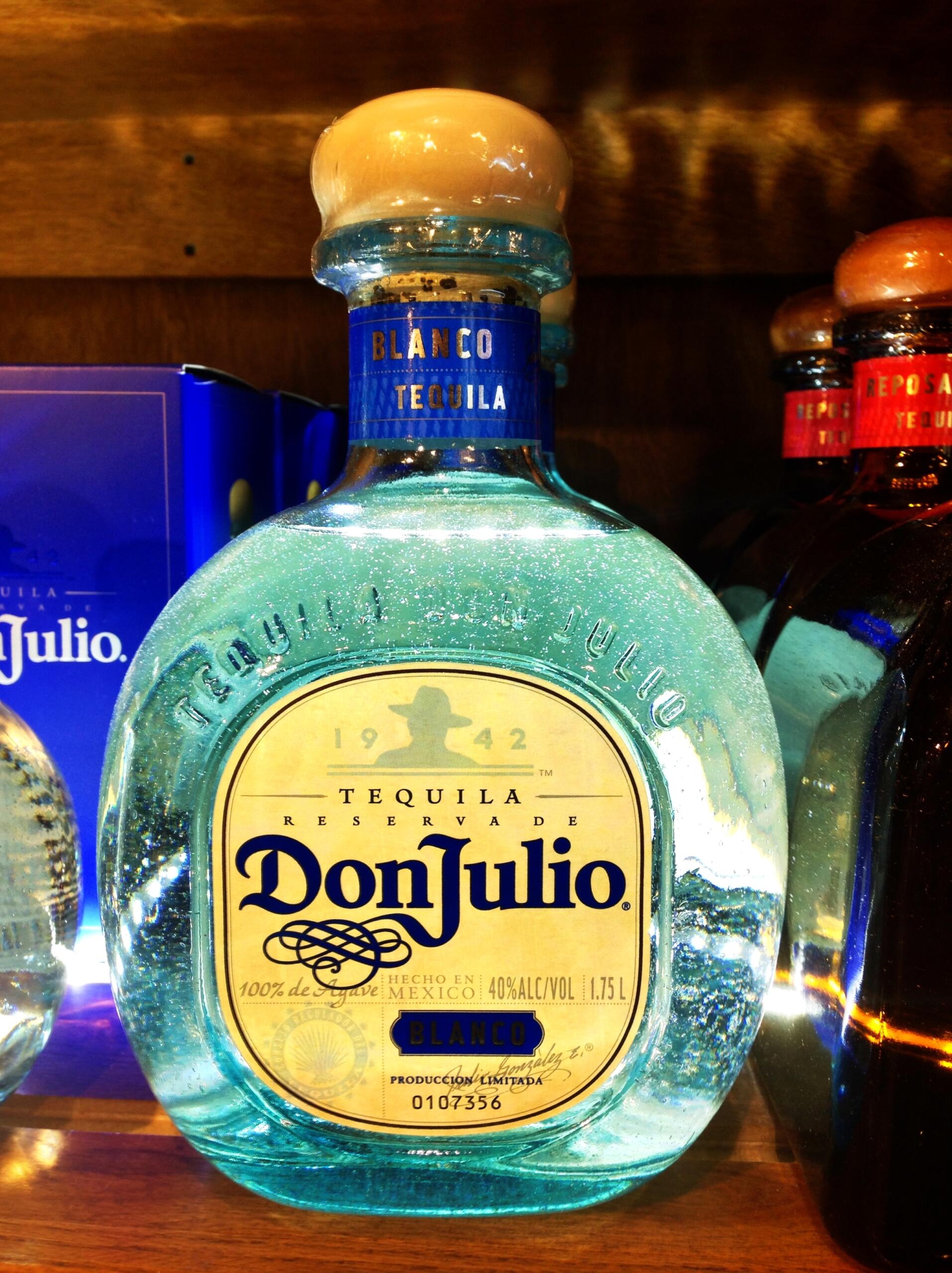All You Need to Know About Mexican Tequila
The popularity of tequila isn’t limited to Mexico, however. The liquor is popular worldwide, especially in the United States. In 2021, the U.S. was responsible for over 60% of global tequila sales!
Part of its appeal lies in the fact that tequila isn’t just a drink; it’s a symbol of Mexican culture, history, and craftsmanship. Also, the more you know about Mexican tequila, the better you will be able to appreciate this iconic spirit.
Read on to start exploring the world of tequila!
A Brief History of Tequila
Tequila has a rich and storied history. Its origins lie in pulque, a fermented drink made from the sap of agave plants that the Aztecs made and drank from 1000 B.C. to 200 A.D.
Tequila, as we know it today, is a distilled liquor, and historians say it was during the 1400s and 1500s when agave was first distilled. In the early 1600s, Don Pedro Sánchez de Tagle opened a distillery in the area now known as Tequila. This was the first facility used to produce tequila on a commercial scale.
Fast forward to the 1700s to 1800s, and the famous Cuervo family began commercially distilling tequila. The Sauza family followed suit several years later. Some experts say that Don Cenobio Sauza was the first to determine that the blue agave was best suited for making tequila.
In 1974, the Mexican government declared the word “tequila” its intellectual property, making it illegal for companies in other countries to make and sell their tequila. It is also against the law to age tequila somewhere other than Mexico.
Today, the Consejo Regulador del Tequila (CRT) regulates tequila production and protects its status as a Mexican icon.
The Heart of Tequila
You may have heard that tequila is made from the agave plant. However, did you know this plant has several cultivars, and tequila can only be made from one?
Tequila is made from a specific cultivar of agave tequilana: Weber azul, also called Weber agave and blue agave. This spiky succulent is larger than other cultivars and features a distinctive blue-gray hue.
Additionally, only the heart of Weber agave is used to make tequila. This part of the plant is also called piña due to its resemblance to a pineapple. The piñas are used to make tequila because they have the highest concentration of sugar.
By the time the plants are ready for harvest, Weber blue agave hearts weigh 75 lb to 200 lb on average and have a sugar content of about 20%.
Growing and harvesting Weber agave is a challenging, time-consuming process that requires experience and expertise. Special care must be taken because tequila’s flavor vastly depends on the quality of the plants it’s made from.
The Different Types of Tequila
The CRT classifies tequila into four main types: Blanco, reposado, añejo, and extra añejo.
Blanco
Blanco tequila is often referred to as silver or white tequila. It has a crisp, clean, vibrant flavor profile with citrus and pepper notes. Its smooth mouthfeel and delicately sweet taste make it a popular choice for cocktails, such as margaritas and Tequila Sunrises.
However, some Mexican tequila brands produce exceptionally high-quality blanco tequila that can be enjoyed on its own.
These brands include:
- 123 Organic Tequila
- Tequila Ocho
- Tres Agaves
- Siete Leguas
Joven
Joven, which means “young,” is a blend of blanco tequila and aged tequilas like reposado and añejo. The result is a tequila with the fruity notes of blanco and the more decadent, darker flavors of aged tequilas.
Keep in mind that Joven tequila is different from mixto. Mixto describes tequilas that are at least 51% agave and contain additional sugars, such as cane and corn sugar.
Some tequila brands that produce Joven tequila are:
- Clase Azul
- El Sueño
- Casa Dragones
Reposado
Reposado, meaning “rested,” is a tequila aged for at least two months but no more than one year. This aging process infuses the tequila with the flavor of the oak barrels it was stored in, creating a smooth and slightly mellow profile. It often exhibits hints of vanilla, oak, spice, honey and citrus.
Añejo
Añejo means “aged.” Añejo tequila spends one to three years in oak barrels, resulting in a more complex and robust spirit. It has a rich amber color and a flavor profile that contains notes of vanilla spices, caramel, and dried fruit. Añejo tequila is best enjoyed neat.
Extra Añejo Tequila
Extra Añejo, or ultra-aged tequila, is aged for at least three years in French or American oak barrels. This dark-colored tequila has a spicy flavor with notes of tobacco, spices, and dark chocolate.
Extra Añejo is a sipping tequila and is typically enjoyed neat.
The Best Tequila in Mexico
If you’re wondering, “What’s the best tequila in Mexico,” there is no one answer. Countless Mexican tequila brands produce top-shelf spirits with unique flavors, so it can be hard to choose. What’s more, everyone’s tequila preferences vary: What one person thinks is the best tequila in Mexico might not even make it to another person’s top 10 list.
However, specific tequila brands are highly popular among people who live in the spirit’s country of origin. The top-selling brands of Tequila in Mexico include:
- Don Julio
- 100 Años
- El Jimador
- Cabrito
- Sauza
- Jose Cuervo
Enjoy Tequila and Tequila Cocktails at Benito’s
Whether you’re new to tequila or want to learn more about it, knowing more about the history and craftsmanship that goes into every bottle can help you appreciate the iconic Mexican drink even more. More than just a spirit, tequila is an art form that you can sip!
Benito’s Restaurant offers refreshing frozen and on-ice margaritas at our Fort Worth, TX location. We also have Jose Cuervo on the rocks, perfect for capping off a delicious Mexican meal. View our menu online here.
Happy hour is from 3 PM to 6 PM, Monday through Friday. We hope to see you soon!





